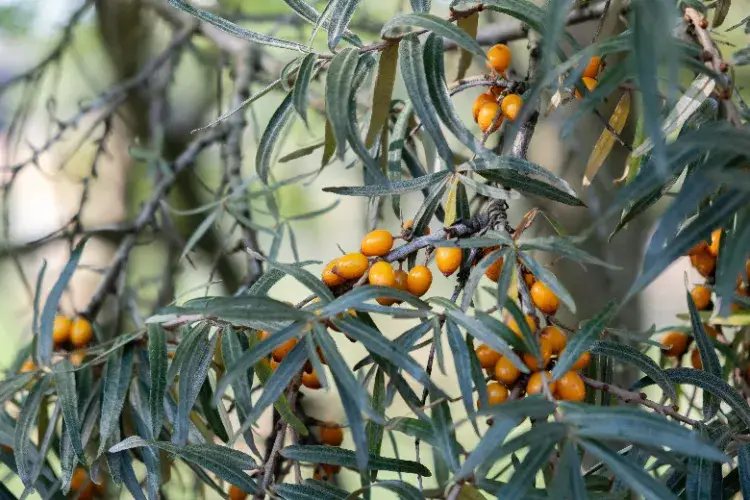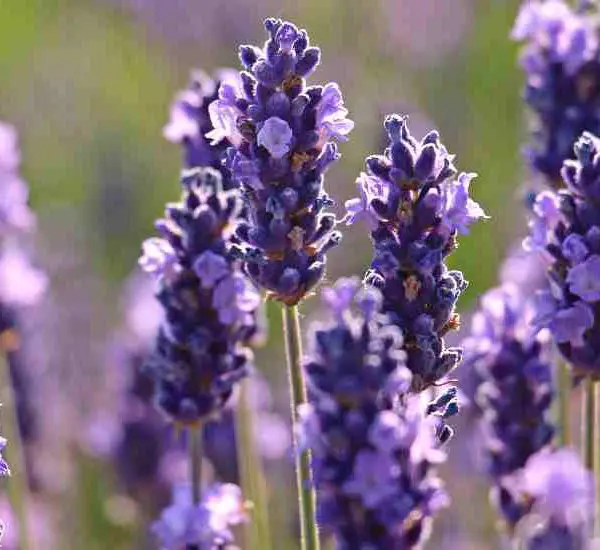Discover how and where to plant sea buckthorn, a versatile shrub celebrated for its defensive properties and nutritious berries.
Sea buckthorn, a robust shrub known for its thorny branches, serves as an excellent free-standing hedge or an addition to shrub clusters. Its highly nutritious berries are a treat for birds and humans alike. Curious about where to plant sea buckthorn and how? Read on for our comprehensive guide.
Key Points:
- Characteristics and benefits of sea buckthorn berries.
- Ideal environments for planting.
- Step-by-step planting instructions.
Where to Plant Sea Buckthorn?
Sea buckthorn thrives in a variety of conditions:
- Coastal areas like the North Sea.
- Regions with hot, dry climates.
- Cold climates.
- Environments prone to sea spray and pollution.
Ensure ample space for both male and female sea buckthorn plants to enjoy a fruitful harvest.
Benefits of Sea Buckthorn:
Sea buckthorn berries are rich in:
- Vitamin C (ten times more than lemons and kiwis).
- Vitamin A, K, antioxidants, and minerals.
- Essential fatty acids beneficial for cardiovascular health.
Although highly acidic when fresh, they make delicious jams, syrups, and compotes resembling flavors of orange and lemon.
How to Plant Sea Buckthorn?
Follow these steps for successful planting:
- Prepare the Soil: Choose well-drained, slightly acidic to neutral soil (pH 6-7) in full sun.
- Planting Process:
- Purchase healthy sea buckthorn plants from a reputable nursery.
- Dig a wide and deep hole, enriching with compost for fertility.
- Position the plant with the root ball at ground level.
- Backfill the hole and lightly compact soil to remove air pockets.
- Water thoroughly after planting.
- Space plants 1.5 to 2 meters apart to support optimal growth.
Conclusion
With its adaptability and nutritional benefits, sea buckthorn is a valuable addition to any garden. Follow these guidelines to plant and nurture sea buckthorn for a thriving landscape and a bounty of nutritious berries.



